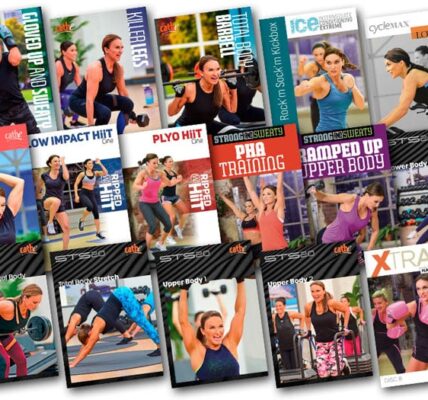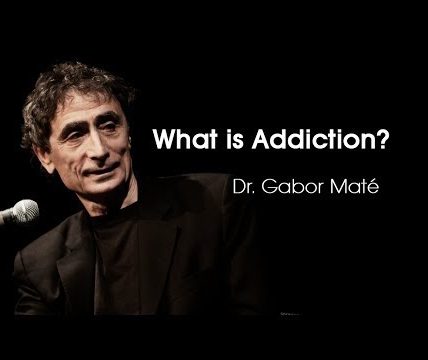 If you’re struggling to lose body fat, you may be tempted to greatly reduce the amount of carbs in your diet. This approach was popular in the Atkin’s era but drastically cutting carbs has drawbacks if you’re physically active, especially if you’re trying to lose fat AND increase lean body mass. Why not take a different approach? Be more selective with the carbs you DO include in your diet.
If you’re struggling to lose body fat, you may be tempted to greatly reduce the amount of carbs in your diet. This approach was popular in the Atkin’s era but drastically cutting carbs has drawbacks if you’re physically active, especially if you’re trying to lose fat AND increase lean body mass. Why not take a different approach? Be more selective with the carbs you DO include in your diet.
Not All Carbs Are Created Equal
Bagels, cookies, and a bowl of berries are all good sources of carbohydrates–the primary fuel your body uses to make energy. Yet all of these foods are different in terms of nutritional composition. Broccoli and berries are rich in vitamins, minerals and antioxidants while bagels and cookies are rapidly digested and broken down to simple sugars. Despite their high carb and calorie content, bagels and cookies provide little nutritional support for your body. They’re simply a calorie-rich source of fuel.
How Your Body Processes Carbohydrates
When you eat rapidly-absorbed carbs like bagels and cookies they’re quickly broken down and absorbed by your intestinal tract. This is followed by a rapid rise in blood sugar and an equally fast increase in insulin to help get the glucose from these foods into your cells where they can be used for energy. Assuming you’re active and your body needs energy, the glucose will be funneled into cellular pathways that produce ATP, the energy currency that fuels all the cells in your body. On the other hand, if you’re sitting around and your body doesn’t need extra energy, the glucose is funneled through pathways that lead to fat storage. At the same time, the big insulin spike creates conditions that make it easier to store fat.
Admittedly, bagels are carbs just like broccoli, but the scenario is a little different when you eat an order of broccoli as opposed to a bagel. Even though they’re both broken down into sugars, broccoli is broken down and absorbed more slowly, thanks to the fiber it contains. The fiber ensures the carbohydrates are absorbed slowly and in a controlled manner. As a result, insulin is released slower and doesn’t stay in your bloodstream as long. You don’t want insulin hanging around very long after you’ve eaten since it keeps your body from using fat as an energy source and makes it easier to store fat.
Ideally, you want only the amount of insulin your body needs to get glucose into cells to be released and you want it to exit the scene once its job is done. That’s the difference between bagels and broccoli. More insulin is released when you munch on a bagel and it stays in your bloodstream longer, making it easier to store fat. When you eat broccoli, on the other hand, less insulin is released and it’s cleared more quickly.
As you can see, your body handles processed carbs and carbs that are deficient in fiber very differently from fiber-rich whole food sources of carbs. In addition, whole foods like whole grains, fruits and vegetables are rich in vitamins, minerals and antioxidants. These have benefits that go beyond controlling your body fat percentage. If you adopt a very low-carb diet, at least an Atkin’s-style low carb diet, you’ll get fewer antioxidants in your diet.
Why a Selective Carb Diet is Better than a Very Low-Carb Diet
Adopting a very low-carb diet to get lean can actually work against you if you’re trying to lose body fat. If you’re strength training or doing any form of high-intensity exercise, your performance may suffer on a very low-carb diet. That’s because your muscles use glycogen (stored carbohydrate) as their primary energy source during high-intensity exercise. When you’re on a very-low carb diet, muscle glycogen stores will drop and you won’t be able to train as hard. Plus, the stress of being carb-depleted causes catabolic hormones like cortisol to be released. As a result, you break down the muscle tissue you’re working so hard to keep. Carbohydrates have a protein-sparing effect, meaning they protect lean body mass from breakdown during exercise.
Carbs also provide a ready source of energy to fuel your workouts. It’s not uncommon to feel tired on a low-carb diet and for training performance to suffer. Plus, your brain and the retina in your eyes depend on glucose to function properly. If you’re not getting enough carbohydrates in your diet, your liver has to make ketone bodies for your brain and retina to use for energy. Some people experience headaches or “brain fog” as a result.
How can you get some of the benefits of a low-carb diet without zapping your energy and making it harder to work out? Be selective with the carbs you choose. Rather than drastically cutting back on carbs, ditch the processed carbs and replace them with vegetables and moderate amounts of fiber-rich whole-grain foods like quinoa. When you do eat less healthy carb sources, time them properly.
The best time to eat rapidly-absorbed carbs is right after your workout in combination with a source of protein. The resulting insulin spike opens up channels for glucose AND amino acids to enter muscle cells to help them repair, recover and GROW. Avoid simple carbs when you’re least active or late in the evening just before bedtime when your body gets no benefits from an insulin spike. The key is to be selective with the carbs you choose and selective about when you eat them rather than drastically reducing the overall carb content of your diet.
The Bottom Line?
People who adopt overly restrictive diets like a very low-carb diet usually can’t sustain it. Plus, drastically reducing the amount of carbs in your diet makes it difficult to do high-intensity exercise or build lean body mass. You may lose weight on a low-carb diet but it won’t be all fat. You’ll also lose lean body tissue. This loss of metabolically-active muscle tissue slows down your metabolic rate and negatively impacts body composition. That’s why a selective carb diet is better than a very low-carb one, especially if you’re physically active.








